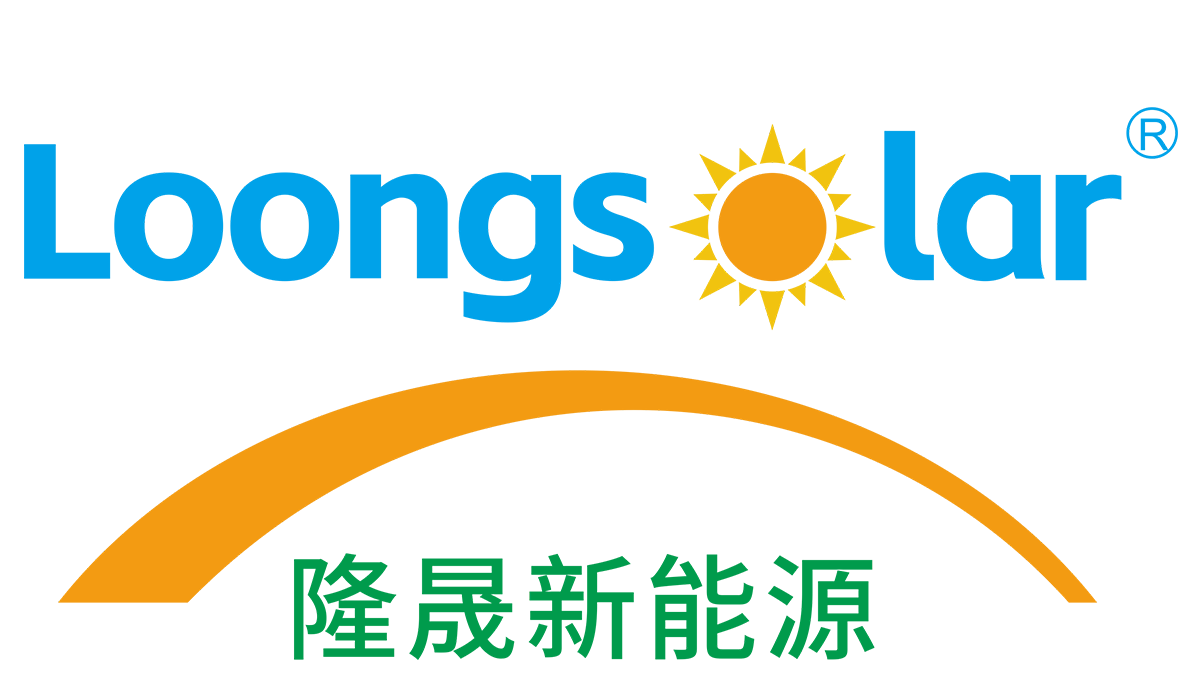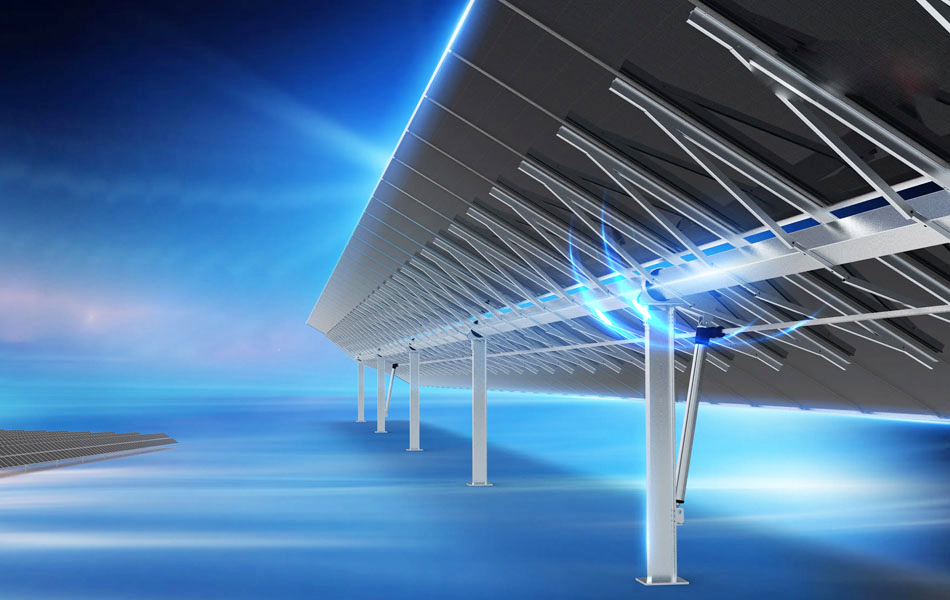Introduction to Industrial Solar Mounting Systems
Efficient and sustainable energy solutions are key to supplementing rapidly expanding industrial operations. Therefore, industrial solar mounting systems are critical in increasing the energy output and preventing solar installations’ degradation. The solutions serve as the framework for the solar tiles installations and are especially important for industrial projects. With solar projects growing in demand, they are crucial to studying and investing in. The following are determining factors and key considerations for investing in off-grid heavy-duty solutions for solar projects.
Defining Heavy-Duty Solutions for Large-Scale Projects
Heavy-duty commercial solar racking systems are built to handle large-scale solar developments for added strength and longevity. These setups are crucial in areas that experience severe weather, such as heavy snow or high winds that can greatly burden the solar array. In fact, according to the US Department of Energy, well- designed solar mounting systems can even add 20 to 30 years of life to a solar system. This durability is essential to prevent interruptions in energy supply and to minimize maintenance costs.
Why Industrial Projects Demand Specialized Mounting
Requirements for industrial projects are often not cut and dried when it comes to the mounting of solar applications. Site specific circumstances, such as terrain differences, climate considerations and the size of the solar system, present individual issues in such projects. “Further, welding and manufacturing on a local level are subject to many different governing laws and codes, making it difficult for manufacturers to keep up with the latest standards with each project.” A bespoke solution is essential, not so much for maximising energy generation, but a custom built design can be refined so as not only it reduces install costs and the time set up. Therefore, it is essential to depend on professional experience in the case of industrial solar systems to get the proper result.
Types and Designs of Industrial Solar Mounting Systems
Ground-Mounted Solar Mounting Solutions
Ground-mounted solar mounting solutions are an excellent alternative for large-scale installations. These arrays may be fixed or adjustable to capture optimal sunlight, and they’re frequently installed in open areas. They seduce end-users with improved ease of maintenance and repair, allowing faster problem identification and resolution. Ground-mounted solar racking may also be a cost-effective solution in solar farms, where the installation of rooftop photovoltaic systems can be prohibitively expensive. Local installers build solar systems customized pole mounts or rack-mounted systems to fit the best location. Mounts are flexible and may be installed in various terrains, including flat areas or hills with irregular shapes.
Floating Solar PV Systems for Water Reservoirs
One unique way of harnessing solar energy is through floating solar PV systems, which utilize the underutilized surface of water bodies. This type of installation has several advantages, one of the most notable being the potential to increase solar energy output more than threefold without occupying land. However, that merely means that it saves the land—the water surface, due to the shadow cast by solar panels, has lower evaporation rates and does not facilitate the reproduction of algae. Due to the potential to harvest water bodies, this approach has received wide attention and its use is expanding exponentially across the globe. Considering the current need to utilize the open areas of land in the most efficient ways possible, the farms installed on the water surface are a much more attractive option, enabling consumption of the free space without damaging the environment.
Enhanced Tracking Systems for Maximum Efficiency
Solar energy production is transformed by improved tracking systems whereby panels can follow the sun’s movement across the sky daily. This can increase the amount of energy produced by between 20 and 40% in comparison to single-static solutions. More people continue to use single-axis and dual-axis tracking solutions, and they can easily adjust depending on the weather changing and other environmental factors. Synthesizing from the National Renewable Energy laboratory clearly shows that innovative tracking boosts the efficiency of solar PV systems. Advanced systems increase the amount of energy captured from the sun, and they must always be part of the best installation strategies.
Applications and Benefits of Industrial PV Systems
Utility-Scale Solar Farms and Power Plants
Large scale solar plant contributes to achieve renewable energy targets by generating huge amount of clean electricity. These multi-scale facilities support sustainability aspirations through access to huge levels of energy output to supply to larger populations. They require strong racking solution to support numerous solar panels. According to the International Solar Alliance, in many places these large scale projects account for more than 80% of the solar power capacity, which demonstrates the significant role such projects play in firing up the power grids.
Cost Efficiency in Solar Panel Installation
The cost-effectiveness of industrial solar mounting systems is changing the face of solar in maintenance. Both their designs are based on a fast deployment, cutting the man hours in the labour cost of [solar panel installation](#) with up to 70%. This short installation time is also combined with economies of scale in production, which reduces overall costs in larger projects, as demand increases. Over time, companies will see major cost savings both from lower operating costs and a greater return on energy production, creating major [solar savings](#).
Durability Under Extreme Environmental Conditions
The lasting optimization of industrial solar mounting systems Sustainability is one of the key aspects of industrial solar mounting systems – especially in strong winds and snow. … These systems are built with materials which are resistant to corrosion and the extreme effects of weather, and thus deliver long life. Material technology has progressed their durability to maximize performance even in the face of climatic adversities. Preliminary research has found that smaller systems gives over than 25 years of reliable service with minimal maintenance. This durability and longevity of service makes solar systems a reliable alternative regardless of local atmospheric conditions.
Future Trends in Large-Scale Solar Installation
Innovations in High-Capacity Mounting Technology
In the increasingly dynamic solar energy market today, innovative technologies are opening up the possibilities of designing stronger and lighter solar mounting systems. These are some of the technologies they are developing to increase the ease of installation which will allow Solar arrays to be installed faster and cheaper. As it incorporates IoT features, intelligent mounting technology is now starting to maximize energy generation using instant data analysis. It results in a flexible response system that can shift the solar panels according to energy reception. Studies conducted by the world's leading solar institutes show that this level of advanced mounting solutions could provide a new landscape in terms of solar energy efficiency, leading to a future of more sustainable solar energy derived power. Given the demand for home and commercially produced solar panels, these are important developments.
Integration with Hydropower and Energy Storage
However, integration of solar power stations and hydropower systems may assist in improving the grid reliability and power generating capacity, which is even higher than that of the stand-alone systems. If we integrate solar with hydro, we can work well with hybrid systems because the power generation can supplement each other and lead to higher efficiency as well as sustainable environment.” With the help of energy storage technologies, the management of supply and demand can be made more effective; therefore, such technologies are taking more important roles for smooth energy delivery. This strategic synergy allows solar installations to store extra energy for times when consumption peaks, cutting dependence on fossil fuels. There is evidence that these hybrid systems are more efficient in energy production and represent a potential path to meeting renewable energy targets. As North America solar PV research demonstrates, the symbiotic relationship is vital to efforts to meet sustainability pledges and lower the carbon footprint of the energy and power sector.
Table of Contents
- Introduction to Industrial Solar Mounting Systems
- Defining Heavy-Duty Solutions for Large-Scale Projects
- Why Industrial Projects Demand Specialized Mounting
- Types and Designs of Industrial Solar Mounting Systems
- Applications and Benefits of Industrial PV Systems
- Future Trends in Large-Scale Solar Installation






